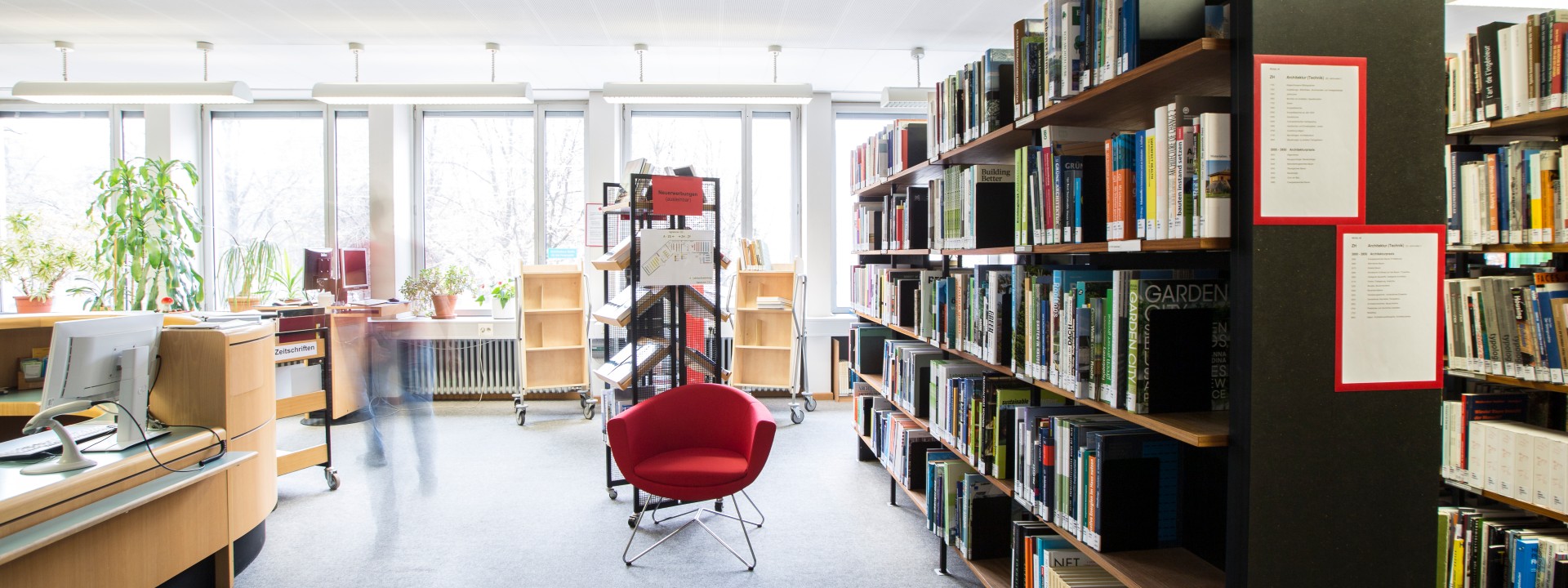Library Print Collection
The library owns an extensive collection of print resources that can assist you with your research. Knowing what is available and how to locate an item is an important step toward finding the information you need.
The majority of print books in the HM Libraries are on open shelving and organised by subject according to the “Regensburger Verbund-Klassifikation” system. Open shelving means books and journals are openly available and freely accessible to everyone. Moreover, some older, less-used journal issues; and certain valuable books are kept in storage.
Current journal issues are openly accessible in all three branch libraries, but cannot be borrowed (exception: some older individual issues in the Branch Library Pasing and Branch Library Karlstrasse). Older, yearly bound issues are shelved in alphabetical order and are available for borrowing.
OPAC (library catalogue)
A shelf mark consists of a combination of letters and numbers printed on a white label, is located on the spine of a book, and used to find the exact shelf location of a book.
Here is an example: 00 / ZN 6230 B665-2(4)+3
First number, '0', indicates the owning library
0 = Central Library,
1 = Karlstraße Branch Library
3 = Pasing Branch Library
Second number '0' indicates the location in the library
0 = General Collection
1 = Storage
3 = Textbook Collection
ZN – indicates the subject group
(here: engineering, subgroup electrical engineering, electronics, telecommunications)
ZN 6230 - exact location for books covering the subject
(here: broadband communication systems, integrated communication networks, ISDN)
B665 - codification of the author’s last name (here: Bocker, Peter)
-2 - information about the volume number
(here: 2nd volume of a multi-part item)
(4) - edition
(here: 4th, revised edition)
+ 3 - copy number
(here: third copy of the book)
It consists of a unique 12-digit number barcode beginning with ‘039’. You will find the library item number label affixed to the back of the book. A colour-coded stripe above the number indicates the owning library.
